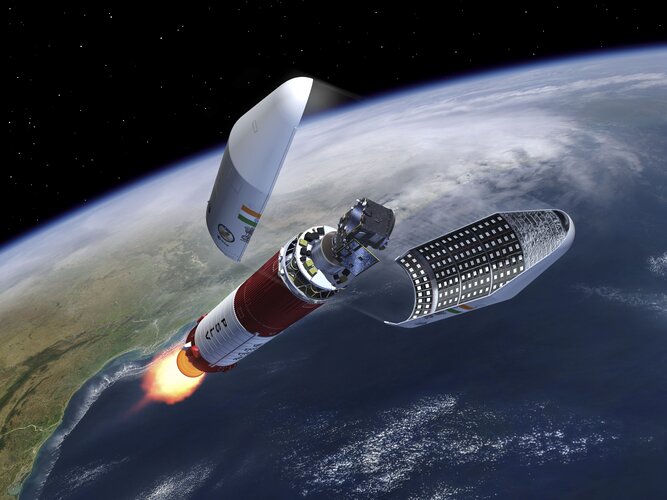
Composed of two shoebox-sized parts, the instrument weighs about 6 kg and needs less than eight watts of power (roughly an equivalent of a standard phone charger). The version on board Proba-3 consists of a Panoramic Spectrometer Module (PSM), mounted on the shaded side of the mission’s Coronagraph satellite, and a Docking Module (DM), attached to its inside.
“The PSM consists of three Orthogonal Sensor Modules (OSM) and each OSM can collect particles from two perpendicular directions,” explains Sylvie Benck of Belgium’s Catholic University of Louvain, Principal Investigator for 3DEES. “The most important elements of an OSM are a sensor stack, consisting of four 1.5 mm thick rectangular silicon detectors, plus the two triggering sensors – just 0.14 mm thick silicon detectors of 4 mm in diameter, one for each of the OSM’s two looking directions. When a particle traverses the sensor stack, depending on its energy it will eventually stop in one of the sensors. Based on the energy it deposits in all the sensors it crossed, we can identify and classify the particle.



